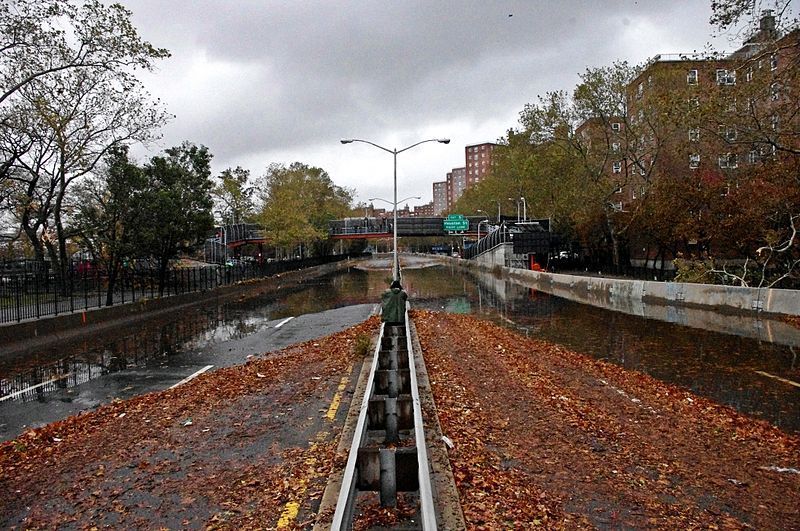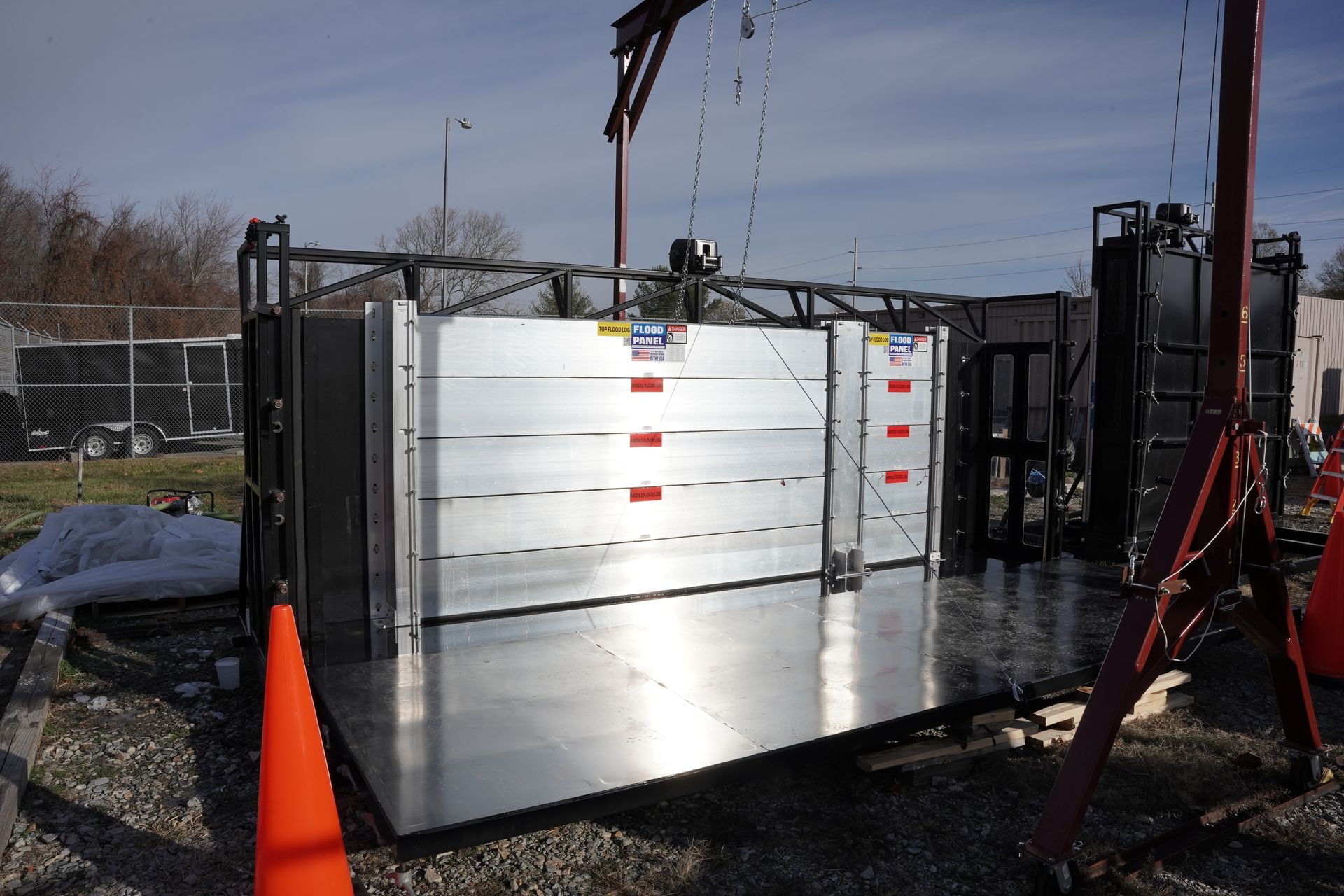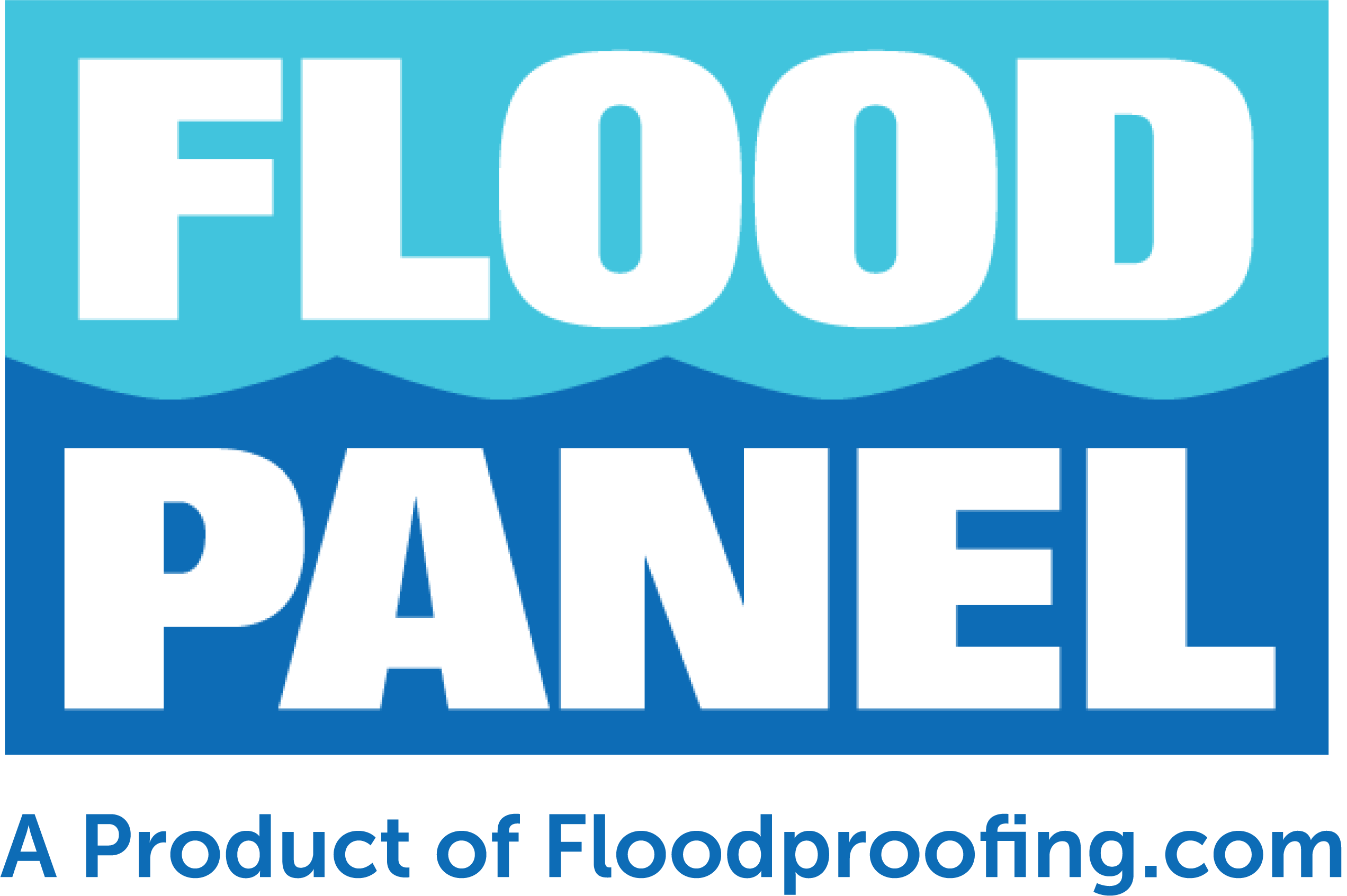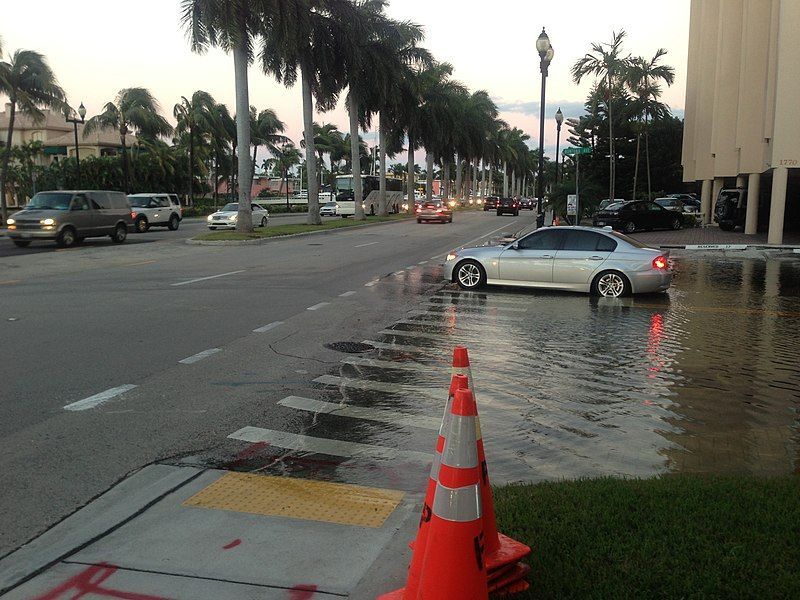Call Us Today - 1 (860) 222-3055
Page 31
Media Contact
Email: media@floodpanel.com
At the end of April 2014, a series of massive storm systems moved through the southeastern US, causing widespread flooding, particularly in the state of Florida. A full 26 of Florida’s 67 counties had been declared disaster zones by the beginning of May, as nonstop rainfall, high winds and several tornados inflicted major damage on a huge swath of the US.
Many states suffered serious destruction from the storms, which produced tornados in Mississippi, Alabama, Iowa, Nebraska, Missouri, Kansas, Oklahoma, Arkansas, and Florida. In all, there were 176 tornados reported- with 106 confirmed- in just the month of April 2014.
In chronological order, Nebraska, Iowa, Oklahoma, Kansas, Mississippi, Arkansas and Louisiana reported tornado sightings to the NOAA National Weather Service Storm Prediction Center on April 27, 2014. In Arkansas, the towns of Vilonia and Mayflower and the surrounding areas are reporting widespread devastation. This image was taken at 2345Z on April 27, 2014, around an hour before the tornado reports from Mayflower and Vilonia.
The NWS Storm Prediction Center is forecasting a widespread severe weather outbreak Monday afternoon, April 28, 2014, into Monday night across portions of the southern and eastern U.S. The greatest potential – where SPC has outlined a Moderate Risk – is across the lower Mississippi and Tennessee Valleys. Widespread severe storms – including strong tornadoes, damaging winds and very large hail are expected. Image: NOAA Environmental Visualization Laboratory
The multi-day tornado outbreak quickly morphed into widespread flooding throughout the affected areas, as the same systems that produced the tornados parked themselves and dumped huge amounts of rain on the already devastated communities. At least 40 people were killed by the storms.
Florida fared the worst as far as flooding, suffering inundations that have been called the worst in decades. Considering that Florida is routinely afflicted by very severe floods, this means that the situation there in April was very bad indeed. Residents and officials had been expecting the rains to move through the state, but instead the storms stayed put and dumped almost two feet of water in less than 24 hours, up to six inches in one hour alone.
Many homes and businesses found that the flood water did not enter their buildings in the normal manner. The supersaturated ground, unable to absorb any more water, percolated the water up through the foundations. Some buildings suffered over four feet of standing water, most of which came bubbling up from the ground. According to one meteorologist, the flooding in the Panhandle was the worst in over 30 years.
The last week of April brought the most severe weather conditions of the month, with over half of the continental US affected by extreme weather. This, combined with a particularly severe winter, has produced an economic down-tick that will have far-reaching repercussions nationwide. So far in the year 2014, there have been three weather disasters costing over $1 billion each. In fact, the total bill for these three events alone is estimated at close to $8 billion.
While there is no conclusive evidence that these particular weather disasters have been directly caused by climate change brought about by human activity, there is no doubt that human activity is affecting weather patterns- for the worse. Tom Karl, the director of the National Climatic Data Center, summed up the situation as follows:
“What we can say with confidence is that heavy and extreme precipitation events often associated with thunderstorms and convection are increasing and have been linked to human-induced changes in atmospheric composition.”
Four months into the year 2014, we are forced to conclude that severe weather and the flooding that accompanies it will be an unwelcome, frequent, and hazardous part of the future.
Source: http://www.floodbarrierusa.com/

According to the New York City Office of Emergency Management (OEM) flash floods are an inherent danger throughout the city, and can happen at any time — for a variety of reasons. The website of the OEM warns that flash floods can be caused by coastal storms as well as intense rainstorms, and can strike quite suddenly, and without warning.
Flash floods can sometimes occur in areas that have no rain at the time of the flooding, because torrential rain in other areas has sent water cascading into rivers, canals, and flood ways. Flash flooding brought on by storms is a terribly dangerous situation, and is the number one cause of storm-related deaths across the US, according to the OEM.
When flash floods occur, streets become raging rivers in seconds. Cars, pedestrians, and any other object that is not bolted down gets swept away, hurtling through the avenues just like a river in a canyon. Many people will foolishly try to drive through rushing floodwater, thinking the weight of the vehicle will suffice against the flow. But water is much stronger than most would think, and if a car is hit broadside by water that is just a few feet deep, the car will not withstand the blow.
In addition to weather-related causes, sudden flooding can be caused by water main breaks, an increasingly common occurrence in NYC as its infrastructure ages. Flooding from water main breaks is usually not a threat to life, but can certainly be a threat to unprotected businesses and homes. A clothing shop that is suddenly inundated by water from a main break can lose its inventory in minutes.
Sewage back-ups are another cause of sudden flooding that cannot be predicted. In this case, not only is the water a threat, but what’s in the water! Sewage spills are a common part of life in NYC, and this type of flooding requires careful clean-up to avoid illness from the bacteria in the water. Horror stories abound of bathtubs and sinks regurgitating untreated sewage into homes and businesses, ruining belongings and inventory.
NYC is prone to flooding from many sources, and the OEM recommends taking preventive measures for any home or business that is situated in a low-lying area. Of course, this includes most of the city! The OEM suggests planting trees and other thirsty foliage around the house or business to soak up excess water, and offers a program to obtain free trees. Paving of green areas should be avoided, and installing protection for a low lying driveway or basement is very important. Pre-installed flood barriers, berms, and automatic flood panels can make the difference between inconvenience and disaster.
Source: http://www.floodbarrierusa.com/
The state of Montana is often called the “Big Sky” state due to its seemingly boundless horizon and vast prairies. The state is often plagued by drought and dust storms, but during the winter there is a lot of precipitation in the form of snow. This year, however, has brought greater than average snowfall, and the accumulated snowpack is well above normal levels. Some areas have received more than their average yearly precipitation in just the past month alone! The state is readying itself for almost guaranteed widespread flooding as this immense snowpack begins to melt.
Video footage of the flood that occurred in Livingston, Montana on March 6, 2014. The city of Livingston declared a state of emergency as warm temperatures and rain melted snow and filled the streets. (Video: Christopher Cauble)
At the beginning of March, the flooding began. Across the state rivers swelled and rose above flood barriers, sending water into residential communities and farmlands. At the same time, some flooded areas received 6-8 inches of new snow, which combined with the floodwaters to make a miserable, slushy mess.
The flooding brought all the usual misery to affected communities: homes were evacuated, basements were flooded, schools were closed, and a “boil water” order went into affect. New snowfall increased worries for those affected, and impeded efforts to evacuate and control the existing flooding.
The town of Manhattan, Montana, much like its namesake in New York, lies in a flood-prone area. Last week it was inundated by sudden runoff from snowmelt and swollen rivers, and much of Main Street was underwater. In what is being called the worst flooding in over 60 years, over $1 million of damage was inflicted on the tiny town, which has a population of just 1549 people.
Although Manhattan has not seen flooding on this scale for many decades, city officials understand that more of the same lies in the future, as climate change makes severe flooding a more common occurrence. Already, the talk is of planning for what may well become regular flooding, and making the changes, such as flood barriers, berms, and run-off control that can prevent future disasters.
Meanwhile, more flooding is expected in Montana, and in a much wider area. Communities across Montana and Wyoming are filling sandbags, testing sump-pumps, and raising valuable items above flood level. Some rivers that are blocked by ice jams are of particular concern. These ice jams act as a sort of dam on the rivers, and if they are released suddenly by rapid melting, flash flooding could be the result.
In response to recent flooding and predicted further inundation, the Governor of Montana has declared a state-wide flood emergency. More than half of the state’s 56 counties are currently under flood watch, with hundreds of people already cut off by flooded or impassible roads. While the population is weary of unrelenting winter weather, the hope now is for low temperatures that will freeze the floodwaters, allowing isolated people to get out of stranded communities.
Source: http://www.floodbarrierusa.com/

Tell us about your project
We look forward to the opportunity to earn your business and to become a value-added partner on your design and construction team.
Contact Us
Contact Us
Phone:
1-860-222-3055
Address: 1555 Jupiter Park Drive, Suite 5, Jupiter, FL 33458

